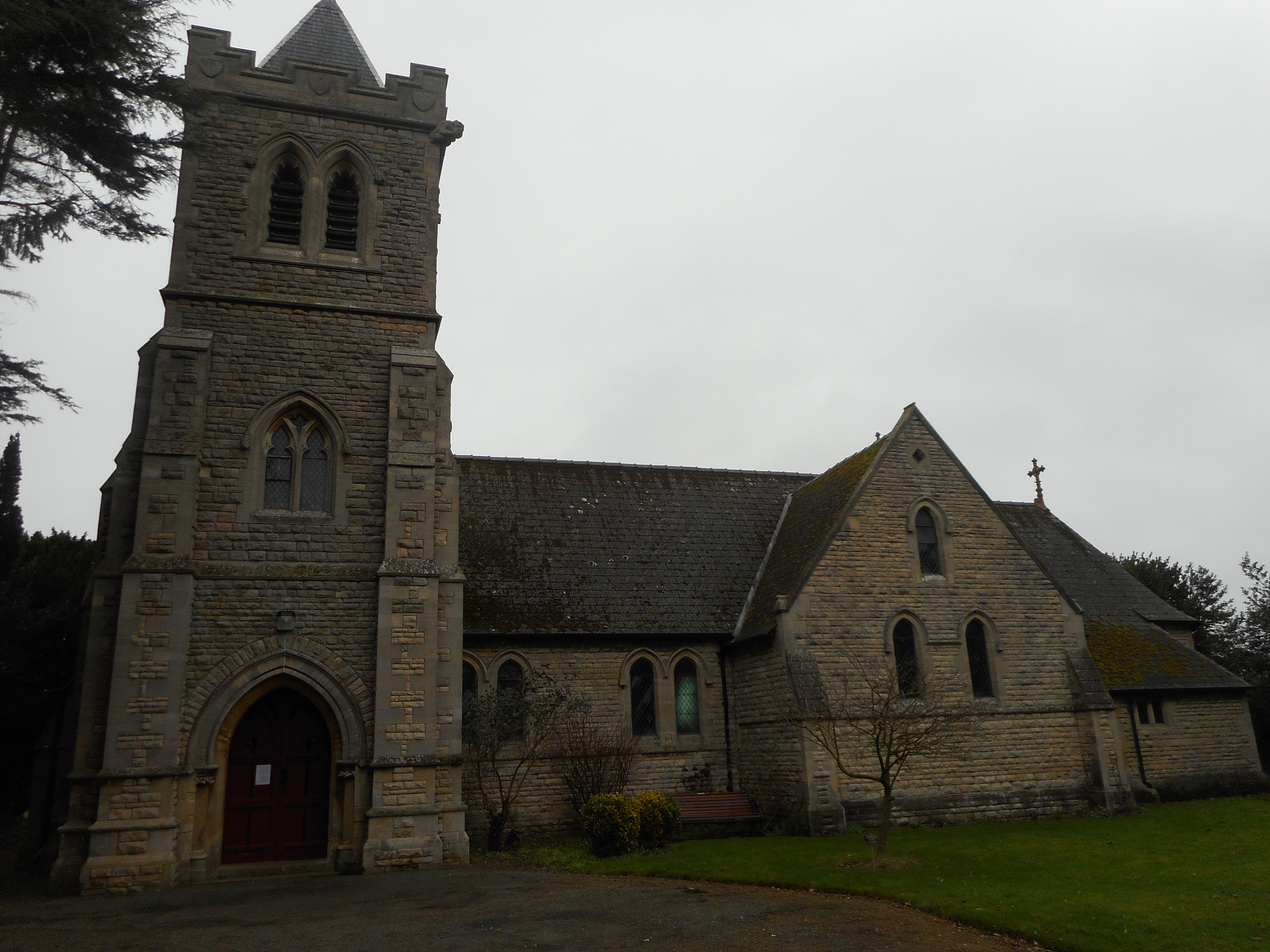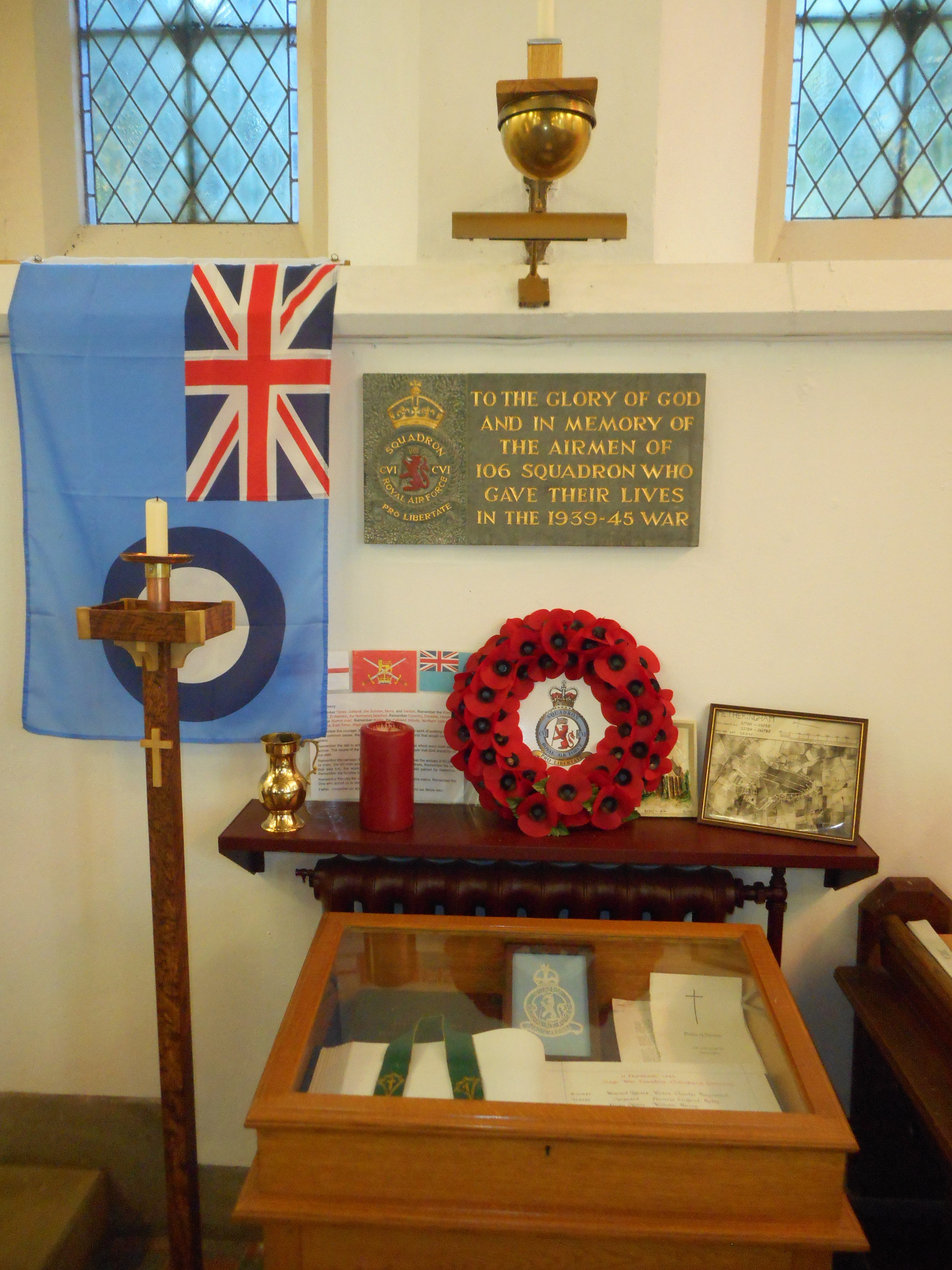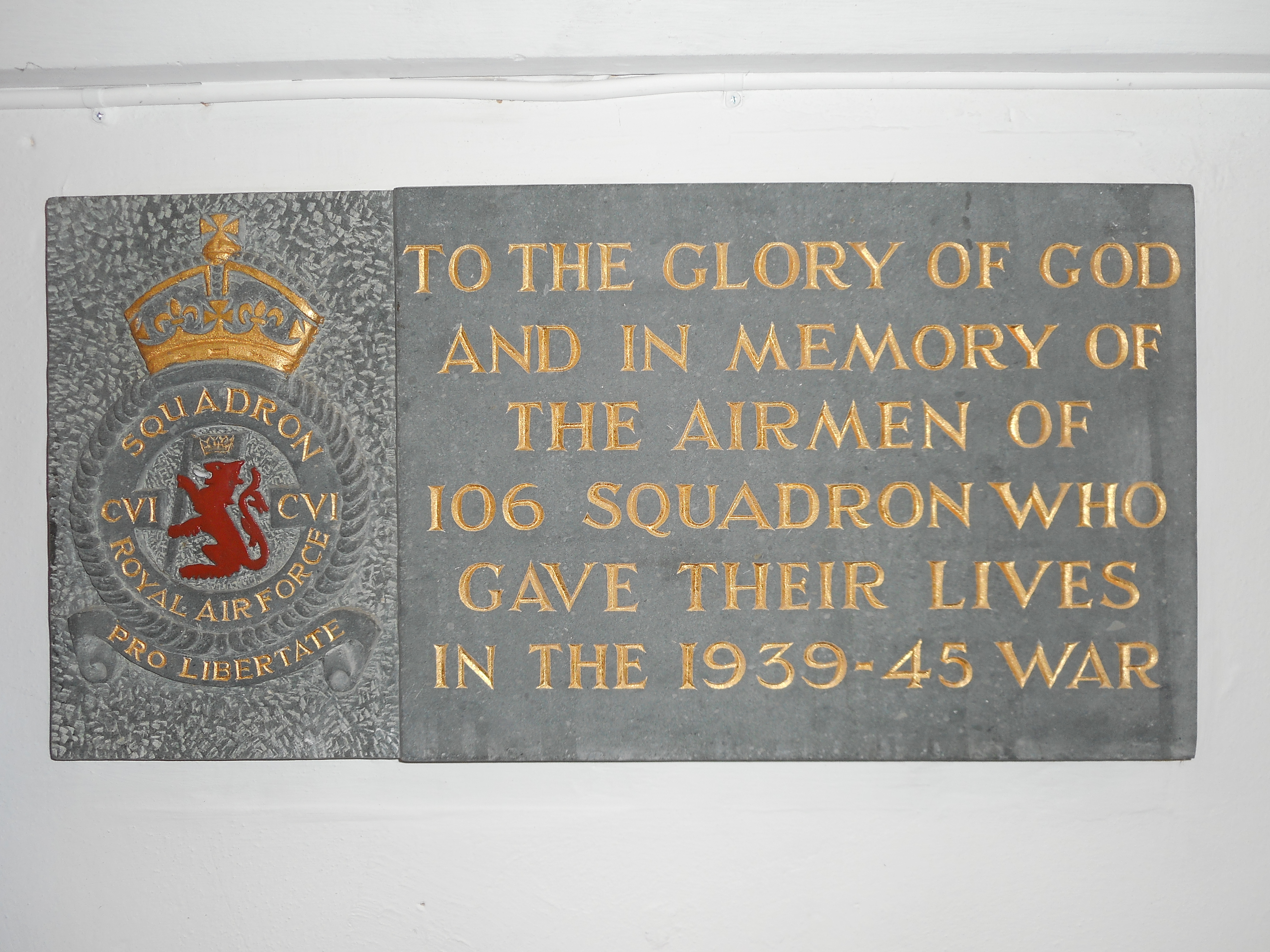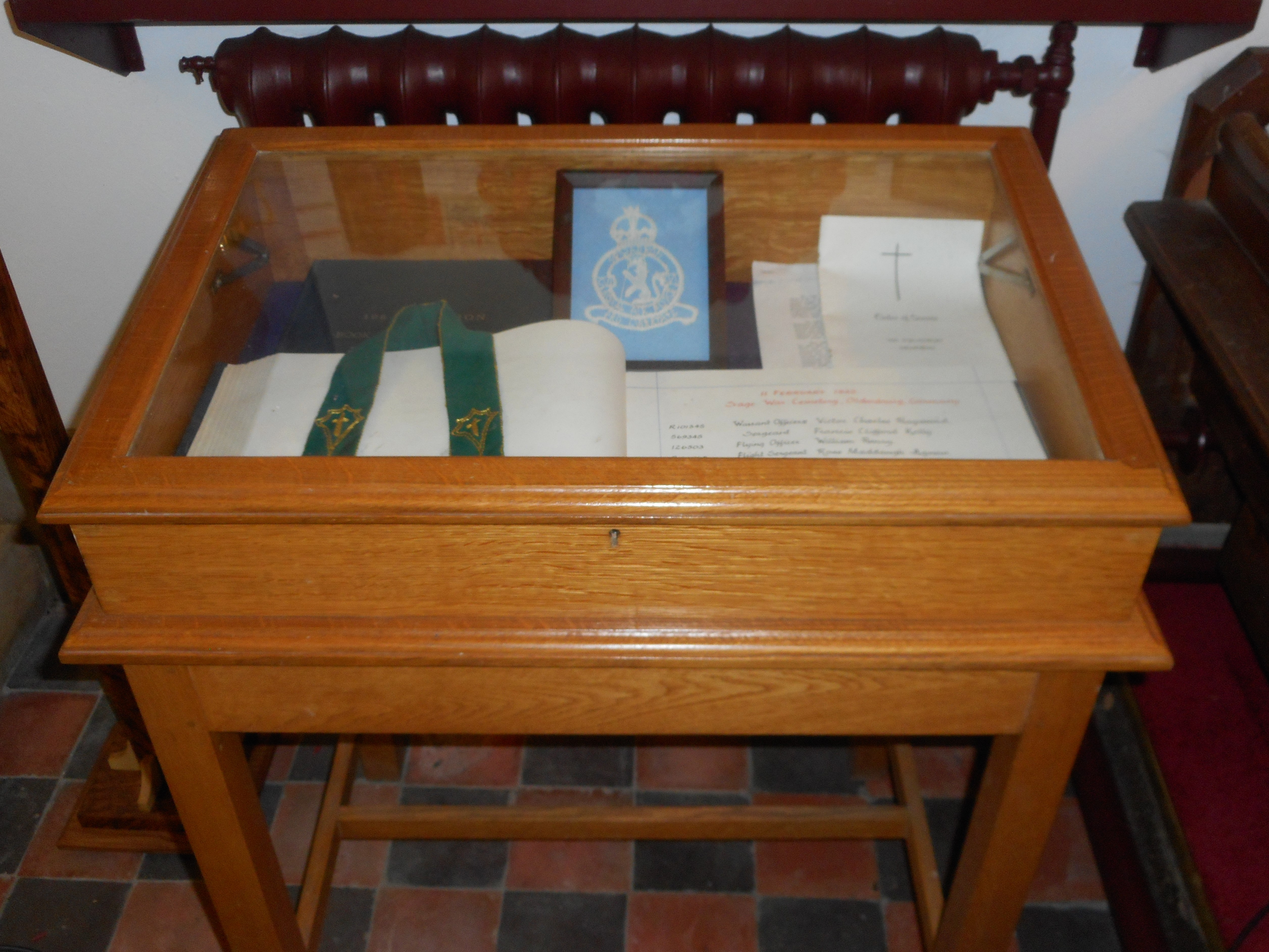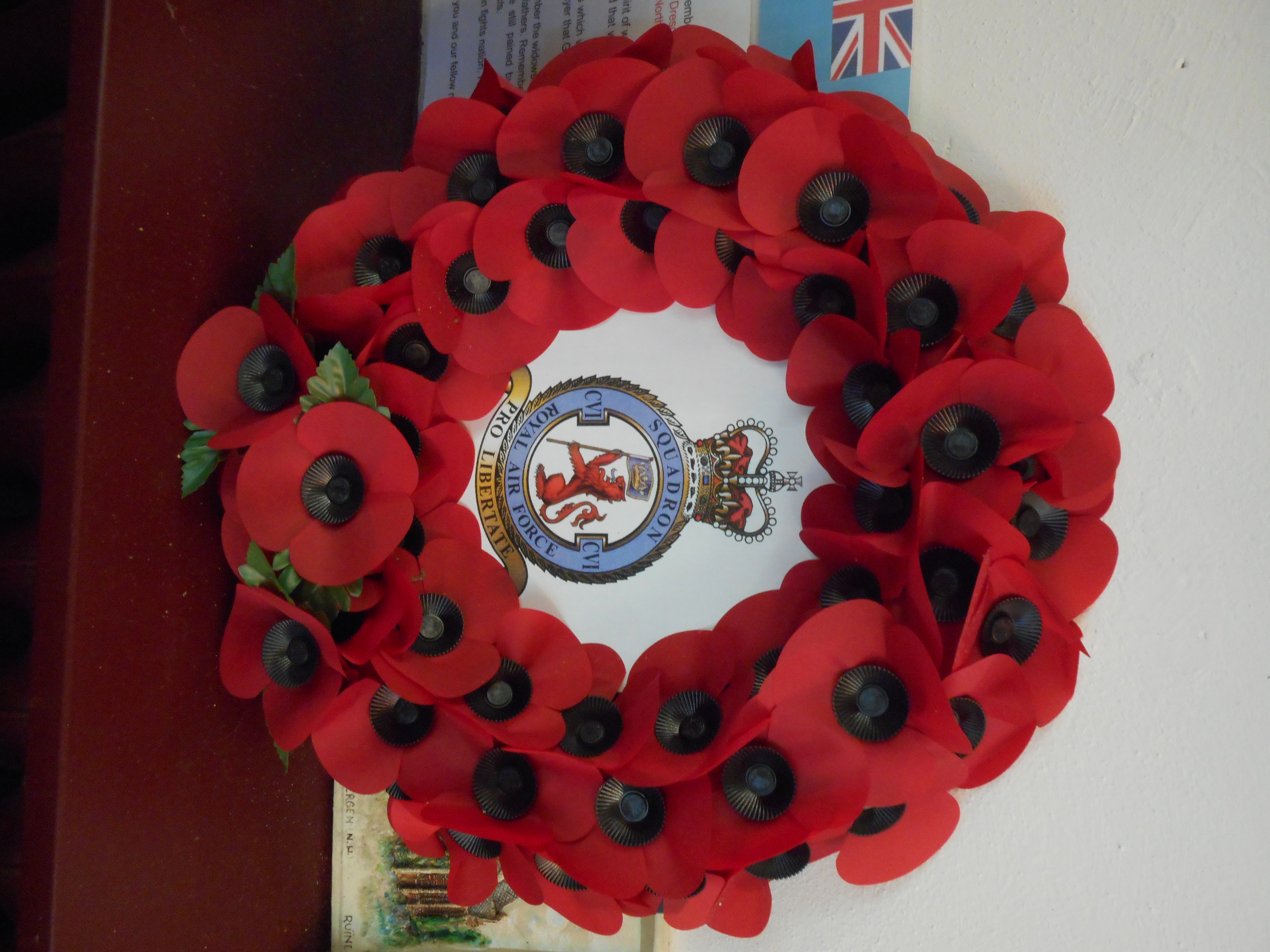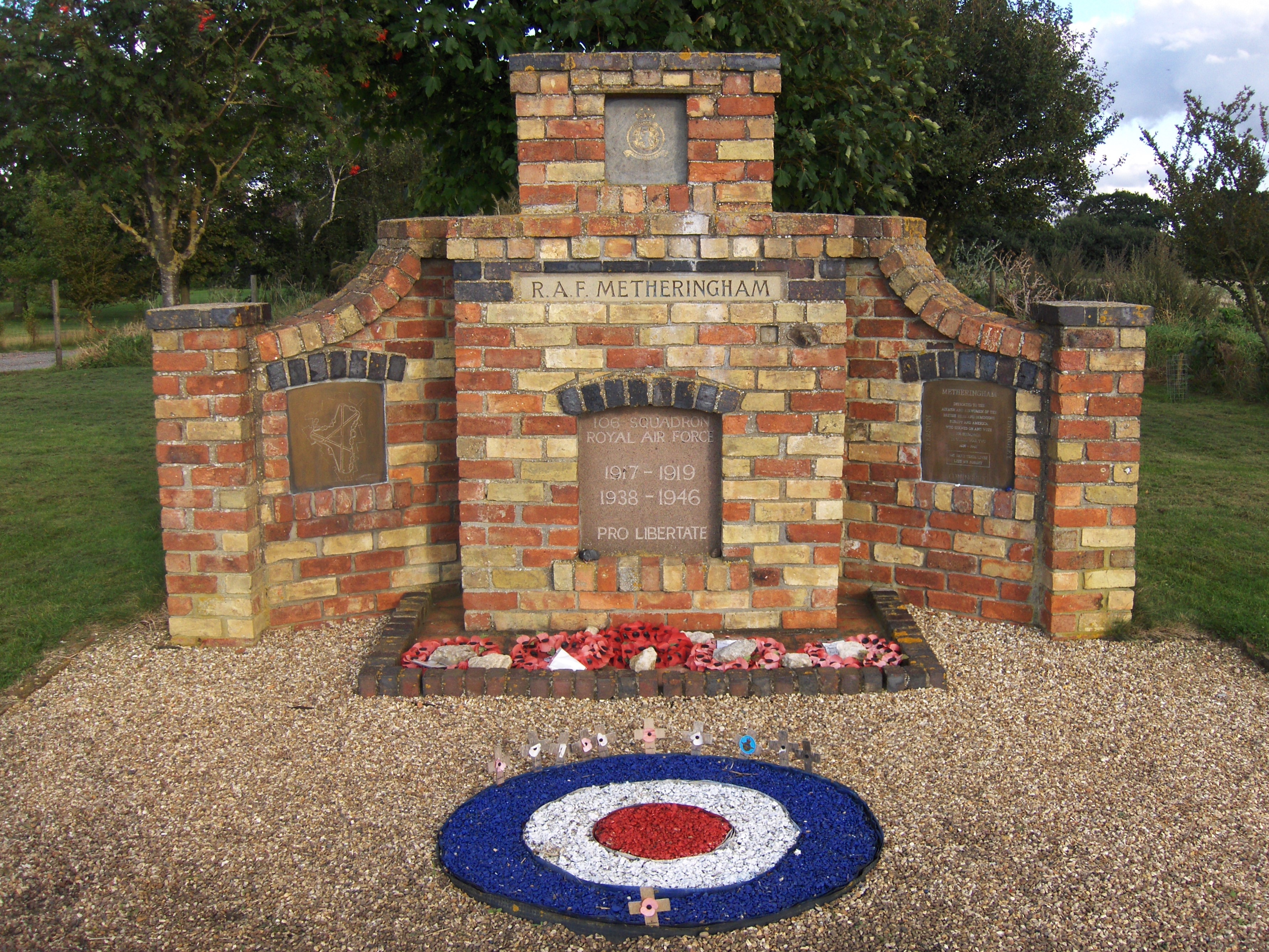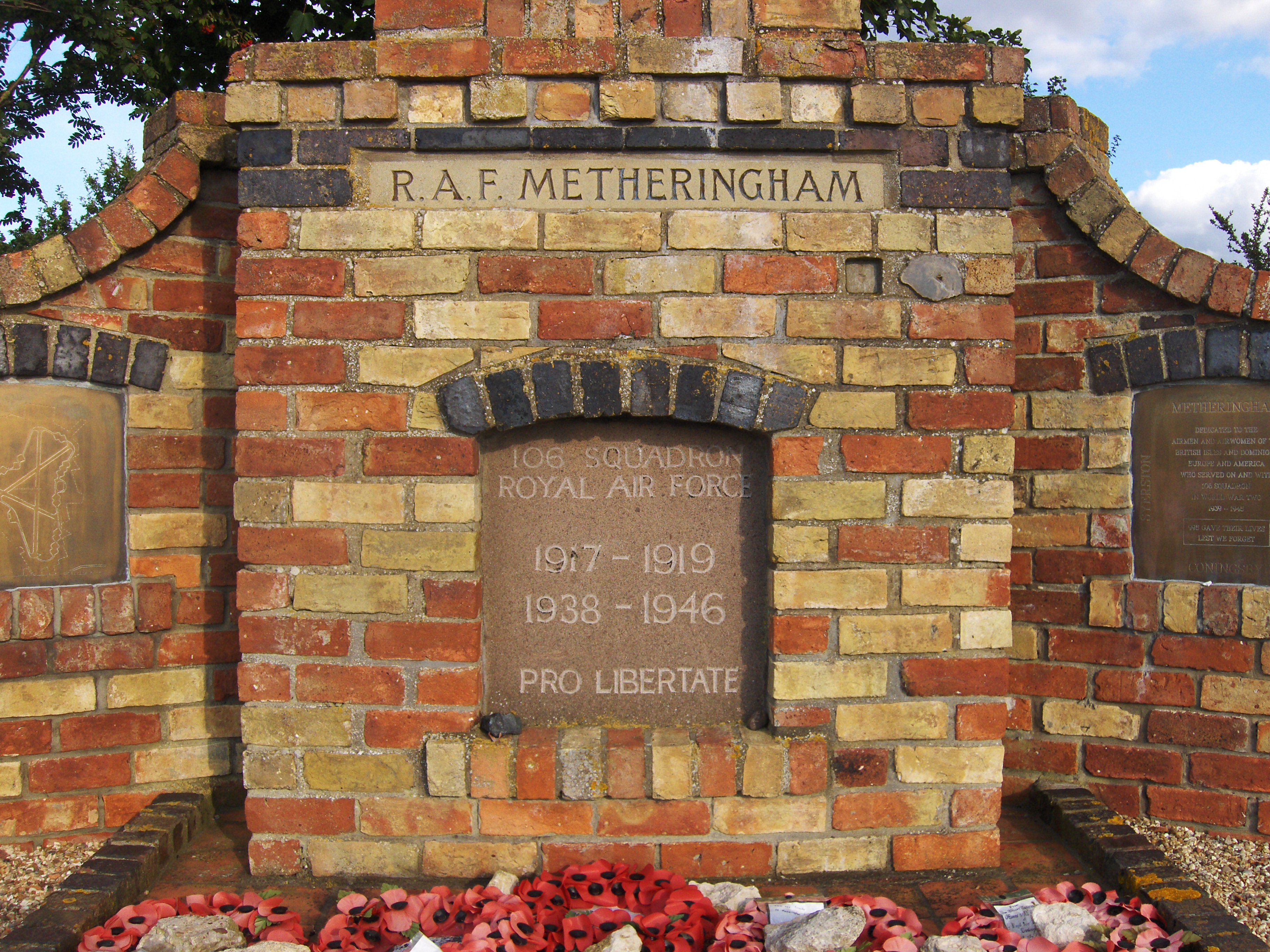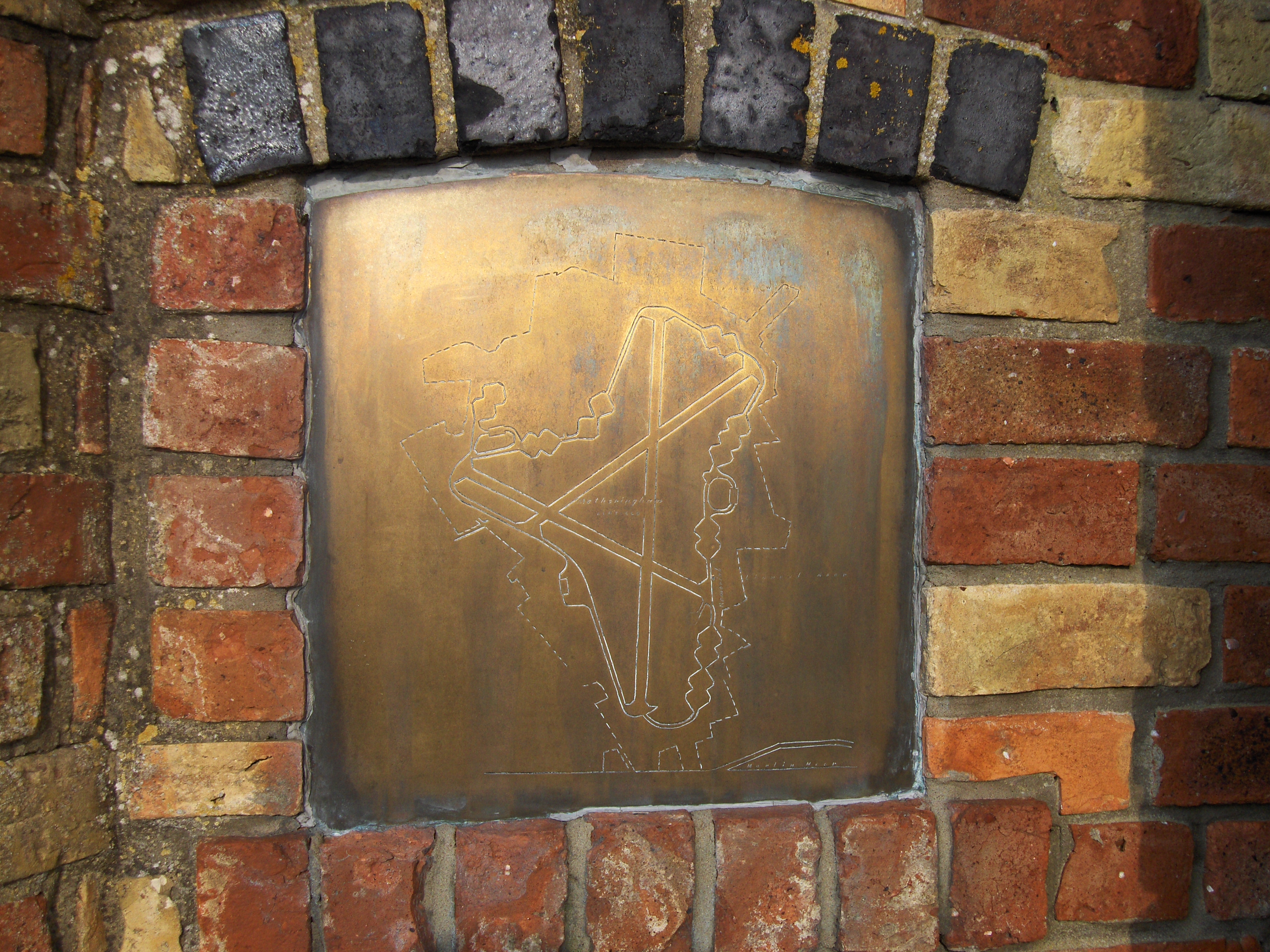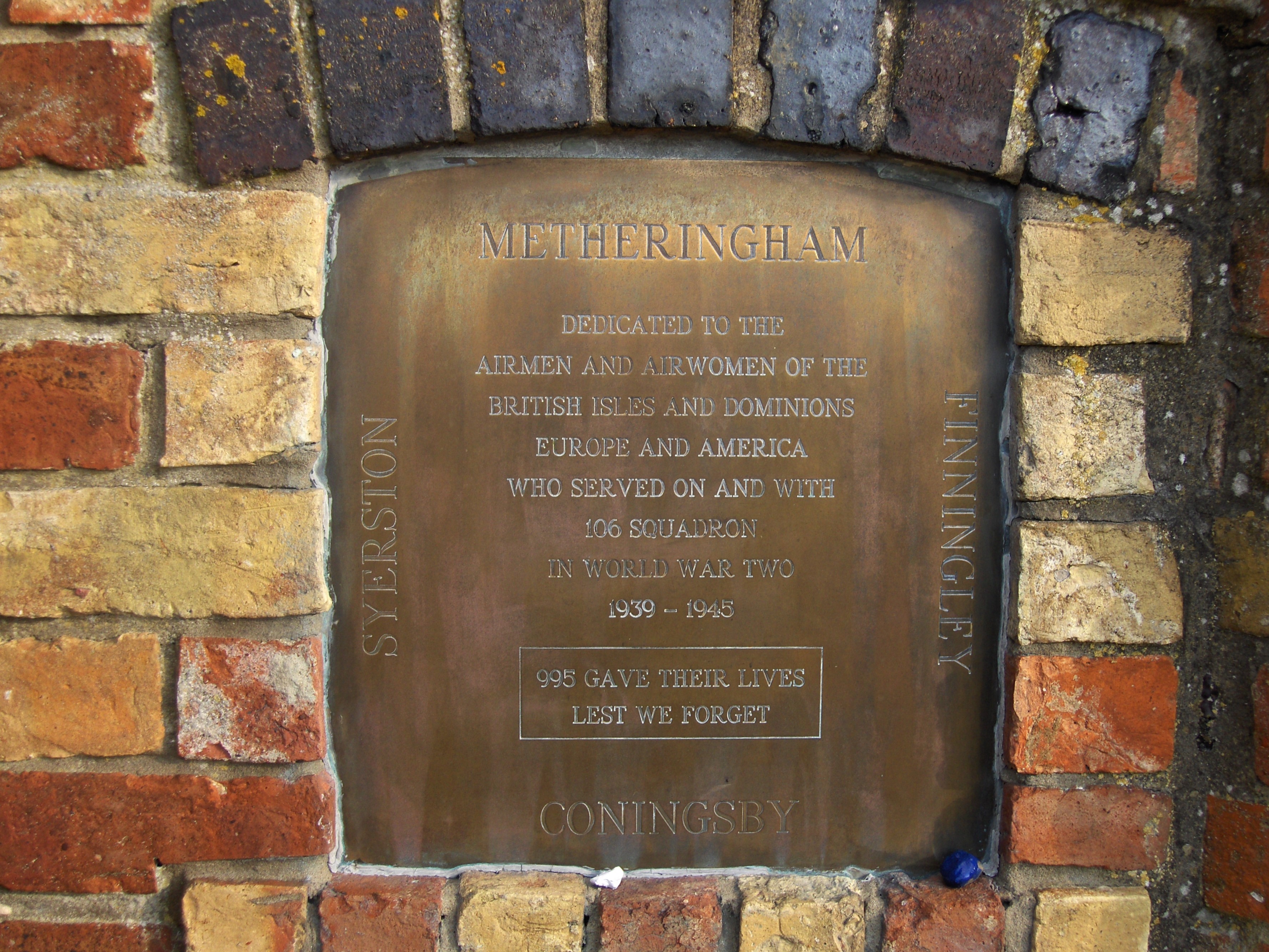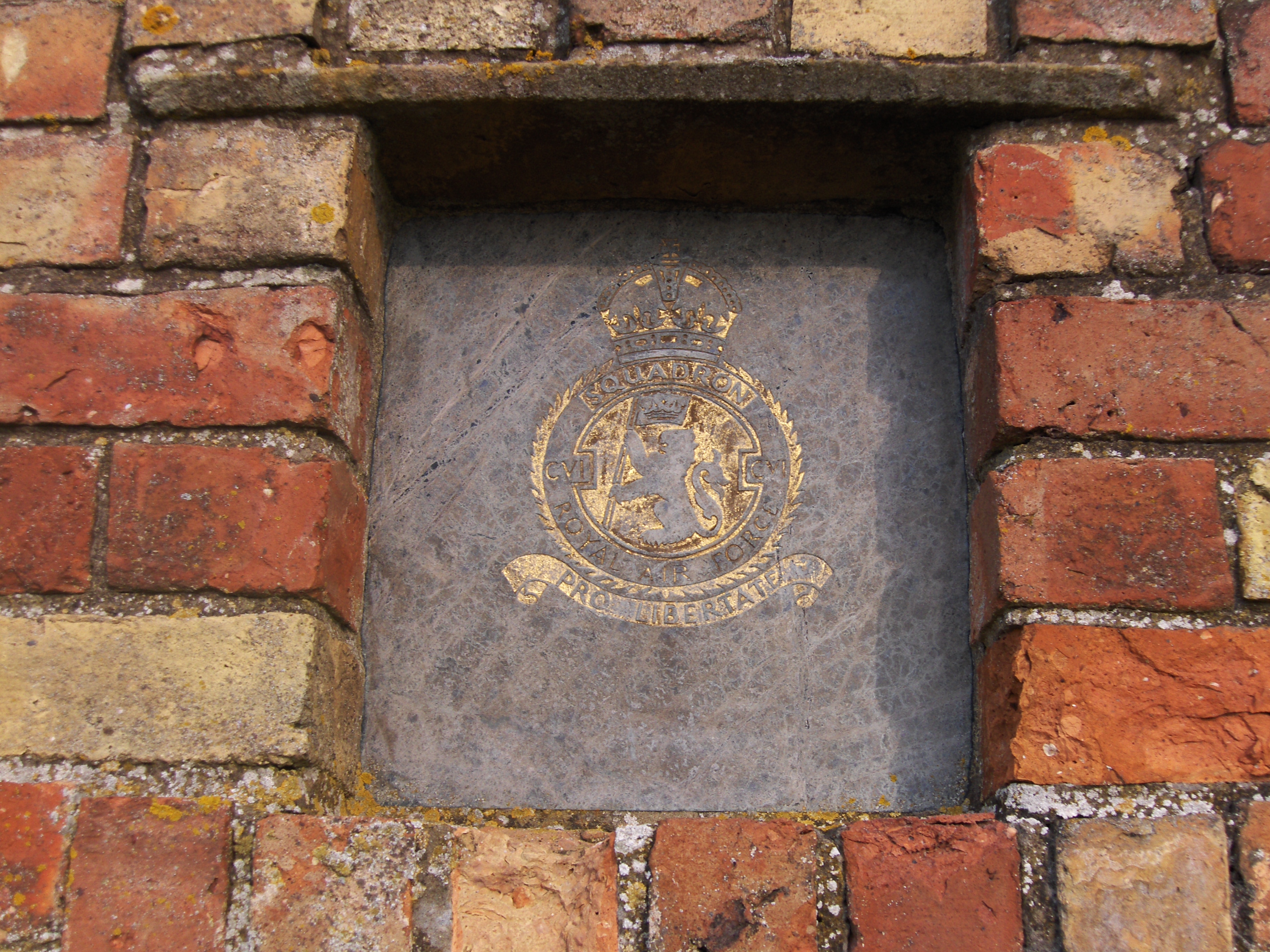Windsor, Reginald John Frederick
Personal Information
| Rank | F/O |
| Forename(s) | Reginald John Frederick |
| Surname | Windsor |
| Gender | M |
| Age | 30 |
| Decorations | |
| Date of Death | 25-02-1943 |
| Next of Kin | Son of George Louis and Gertrude Windsor, of West Kensington, London. Husband of Alice Windsor. |
Aircraft Information
| Aircraft | Avro Lancaster l |
| Serial Number | W4886 |
| Markings | ZN - |
Memorial Information
| Burial/Memorial Country | Germany |
| Burial/Memorial Place | Durnbach War Cemetery |
| Grave Reference | Coll. grave 8. D. 5-6. |
| Epitaph | AND NIGHT SHALL FOLD HIM IN SOFT WINGS (Extract from the poem Into Battle by Julian Grenfell) |
IBCC Memorial Information
| Phase | 1 |
| Panel Number | 118 |
Enlistment Information
| Service Number | 116092 |
| Service | Royal Air Force Volunteer Reserve |
| Group | 5 |
| Squadron | 106 |
| Trade | Pilot |
| Country of Origin | United Kingdom |
Other Memorials
| Location | Holy Trinity Church, Martin, Lincolnshire |
| Country | United Kingdom |
| Memorial Type | Inscribed Stone Tablet & Roll of Honour in Wooden Case |
| Memorial Text | To the memory of the Airmen of 106 Sqn who gave their lives in the 1939-45 War |
| Location | Former Airfield Site, Martin Moor, Lincolnshire |
| Country | United Kingdom |
| Memorial Type | Brick moument with inscribed Slate Tablets & Plaques |
| Memorial Text | Dedicated to the airmen and airwomen who served on 106 Sqn in WW2. 995 gave their lives |
Miscellaneous Information
| His alma mater was the highly regarded Latymer Upper School, Hammersmith, London which lost an incredible 26 of their alumni to Bomber Command in WW2. |
| Excerpt from "The Fallen Latymerians of The Second World War": Reginald John Frederick Windsor was born on February 22nd 1913. His father, Mr G. L. Windsor, was a ‘Departmental Buyer’. The family lived at 16 St Andrew’s Mansions, Barons Court, and he attended Bowes Rd Elementary School before winning a Scholarship from the Latymer Foundation Governors and entering Class 1B of Latymer Upper School on January 13th 1925. He sat the General Schools Examination in June 1930 and was awarded Distinctions in Chemistry and Mathematics. He obtained his matriculation in those examinations, which would have allowed him to continue to the Higher Level Exams, but left Latymer from Class 6A in the summer of 1930 and took up a Clerkship with John Bailieu and Company. In ‘The Latymerian’ we read that he served in the R.A.F. with the rank of Flying Officer, and was the Pilot of a Lancaster in 106 Squadron, which in autumn 1943 failed to return from a sortie. He and crew are buried at Fuerth near Nuremberg. |
Commonwealth War Graves Commission
The National Archives
| Record of Events (Operational Record Book) AIR 27/833/4 |
| Summary of Events (Operational Record Book) AIR 27/833/3 |
Fellow Servicemen
Last Operation Information
| Start Date | 25-02-1943 |
| End Date | 26-02-1943 |
| Takeoff Station | Syerston |
| Day/Night Raid | Night (69% moon) |
| Operation | Nürnberg. |
| Reason for Loss | Aircraft took off from Syerston at 1900 hrs detailed to attack targets in Nurnberg. Lancaster crashed at Tennenlohe, 1.5km east of Neunhof at 23.45hrs after being hit by flak from Flak Rgt. ZBV.52, 53 and %4, 2.Schw. Flak Abt. 522 and 4./Schw. Flak Abt. 633. The crew were initially buried at Fürth and re-interred on 1 July 1948. |
